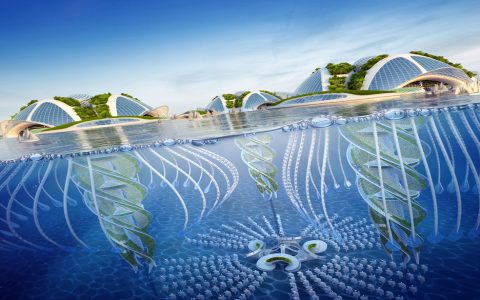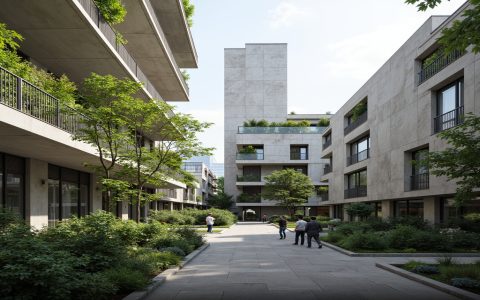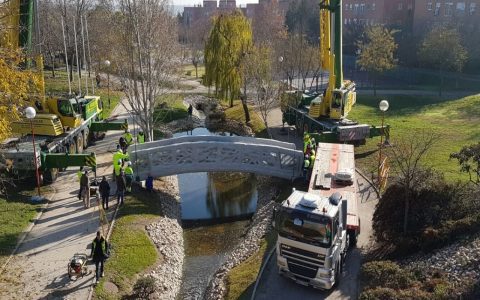Mass timber office buildings represent a significant shift in commercial construction, utilizing engineered wood products such as Cross-Laminated Timber (CLT), Glued-Laminated Timber (Glulam), and Laminated Veneer Lumber (LVL) for the primary structural system. This approach offers a sustainable alternative to conventional steel and concrete construction, with distinct advantages in terms of environmental impact, construction efficiency, and occupant experience.
Key Benefits in Office Development
- Sustainability: Mass timber acts as a carbon sink, sequestering atmospheric carbon dioxide. Wood is a renewable resource, and its production typically requires less energy and generates fewer greenhouse gas emissions compared to traditional materials.
- Construction Speed and Efficiency: Prefabrication of mass timber components in controlled factory environments allows for rapid on-site assembly, reducing construction timelines, labor costs, and site disruption. Its lighter weight compared to concrete can also lead to smaller foundation requirements.
- Aesthetic Appeal and Biophilic Design: Exposed timber interiors create warm, inviting, and aesthetically pleasing workspaces. This connection to natural materials can enhance occupant well-being, productivity, and reduce stress, aligning with biophilic design principles.
- Structural Performance: Engineered wood products offer excellent strength-to-weight ratios. Mass timber elements exhibit predictable charring behavior in fires, forming a protective layer that maintains structural integrity for a designed period.
- Reduced Site Waste: Precision manufacturing of components minimizes material waste both in the factory and on the construction site.
Common Mass Timber Products
- Cross-Laminated Timber (CLT): Large-format structural panels made from layers of lumber stacked crosswise and bonded, suitable for floors, walls, and roofs.
- Glued-Laminated Timber (Glulam): Beams and columns manufactured by bonding multiple layers of dimension lumber with their grain parallel to the length, allowing for long spans and complex shapes.
- Laminated Veneer Lumber (LVL): Produced by bonding thin wood veneers together with adhesives, resulting in a strong and uniform structural material often used for beams, headers, and columns.
- Dowel-Laminated Timber (DLT): Panels made from softwood lumber boards friction-fit together with hardwood dowels, offering an adhesive-free option for floor and roof decks.
- Nail-Laminated Timber (NLT): Created by fastening individual dimensional lumber members together with nails or screws, forming a panel typically used for floors, decks, and roofs.
Essential Design Considerations
- Fire Safety: Comprehensive fire safety strategies are crucial, involving understanding charring rates, potential encapsulation, sprinkler system integration, and adherence to specific building codes for timber structures.
- Acoustics: Careful design is needed to manage sound transmission (airborne and impact noise), particularly in floor and wall assemblies. Solutions may include acoustic mats, raised floors, specialized connection details, or added mass.
- Moisture Management: Protecting timber from prolonged exposure to moisture during construction and throughout the building's lifespan is vital to prevent decay, dimensional instability, and maintain structural integrity.
- Structural Connections: The design and detailing of connections between mass timber elements, and with other materials in hybrid structures, are critical for overall building performance, load transfer, and seismic resilience.
- Vibration Control: For floor systems, especially long-span designs, vibration analysis and mitigation strategies are important to ensure occupant comfort.
- Regulatory Approval: Navigating building codes and securing approvals for mass timber construction, especially for taller structures, requires thorough documentation and understanding of evolving local and international regulations.
Outlook for Mass Timber Offices
The adoption of mass timber in office building construction is rapidly expanding, driven by its environmental benefits, aesthetic qualities, and construction efficiencies. Innovations in engineered wood products, connection technologies, and evolving building codes are enabling the design and construction of taller and more complex mass timber office structures, positioning it as a key material for the future of sustainable urban development.






